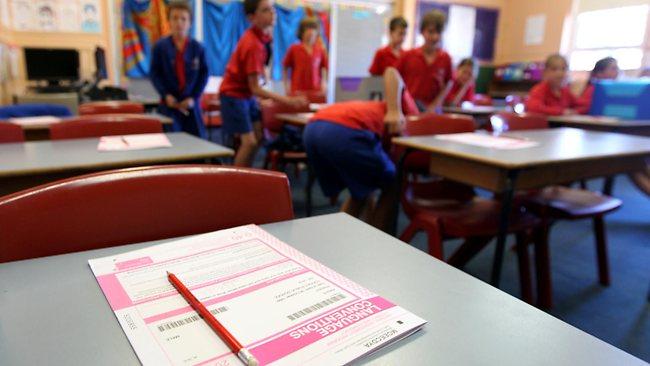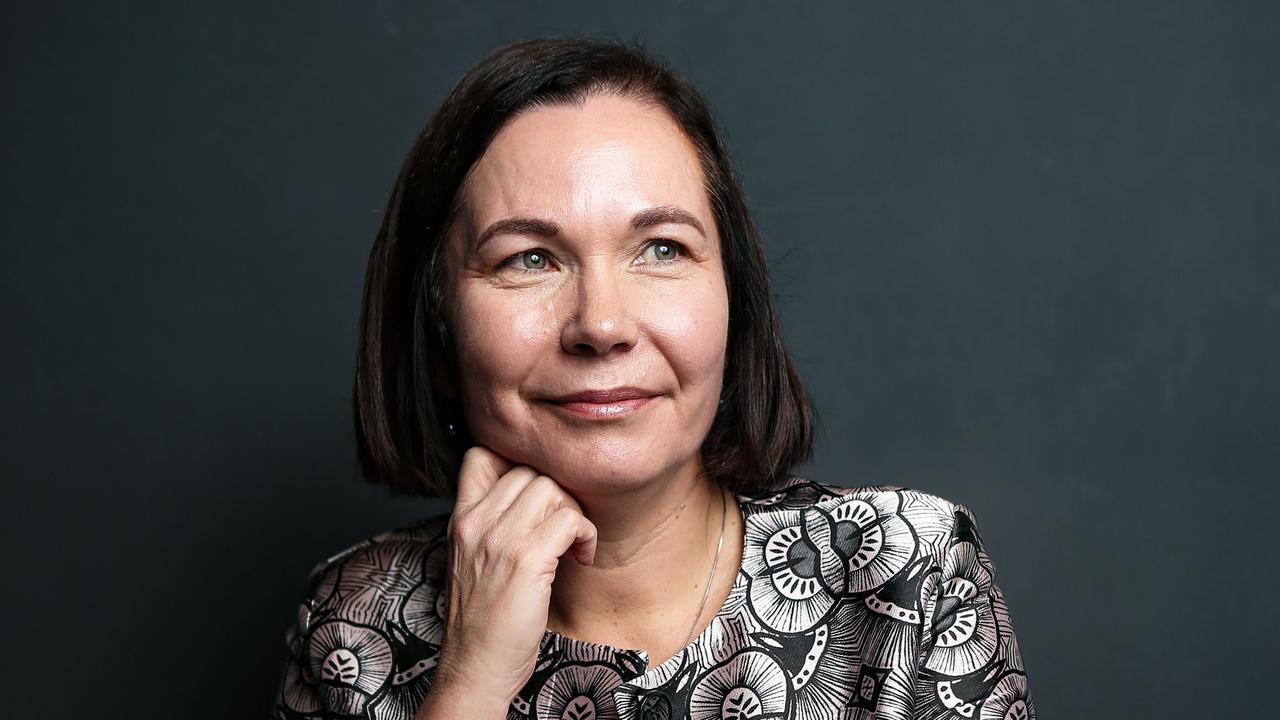Wealth key to school success
FAMILY and money are the most influential factors in a child's success at school.

FAMILY and money are the most influential factors in a child's success at school, with elite independent and government schools serving students from well-off and well-educated backgrounds dominating the list of the nation's highest achievers.
An analysis of the national literacy and numeracy tests, known as NAPLAN, prepared by The Weekend Australian underscores the social divide in the education system.
INTERACTIVE: See how your child's school compares
The analysis shows that the top 100 primary and secondary schools - whether government or private - are without exception teaching students from well-heeled postcodes.
Director of the Centre for Research on Education Systems at Melbourne University Richard Teese said the results revealed a concentration of advantage, based on geographical location and social segregation in schools.
"Our potential is not being harvested," he said. "Public schools educate two-thirds of our kids; they are our nurseries and we are starving them."
The Weekend Australian's analysis shows selective schools, which have an entry test to enrol students, sit at the top of the results for secondary and primary schools, with government selectives from NSW, Victoria and Western Australia dominating the secondary rankings.
It also shows that even at government selective schools, students are well-off with above-average scores on the measure of social and educational advantage.
The analysis includes the first national ranking of top comprehensive primary and secondary schools in the private and government sectors.
Excluding academically selective schools from the analysis reveals that independent schools dominate the ranks of highest-scoring schools, with only a handful of government or Catholic schools making the grade.
The students of the best-performing government comprehensive, or non-selective, schools, also rank above average in socio-economic and educational terms. Professor Teese said the analysis was important in highlighting the social engineering in the school system: "It's not an even playing field in which talent can blossom from whatever location - it's people excelling through social advantage."
He said obtaining the right experience of teachers, specialist teachers and the right mix of students required money, or the right postcode, but public schools in poor areas were under-resourced and unable to offer the full range of curriculum provided in affluent schools.
Professor Teese said there was a "hierarchy of opportunity" in schools, and pointed to the fact that students attending well-off schools in Melbourne were three times more likely to have the chance of studying economics in Year 12 than students in lower working-class schools.
"We are now at a point where there are no new commonwealth funds available to correct the funding imbalance that has operated for decades, and the states are cutting their own spending on public schools," he said.
"The large reserves of talent in less well-educated families are being denied the support needed to be turned into the large band of high achievers representing all backgrounds that Australia should have."
The analysis by The Weekend Australian is based on the national literacy and numeracy tests results published on the My School website for almost 10,000 schools.
The NAPLAN tests and the My School website are managed by the Australian Curriculum Assessment and Reporting Authority, which measures the income and education levels of students' families through the Index of Community Socio-Educational Advantage.
ACARA chairman Barry McGaw said it was not surprising that the high-performing schools had higher ICSEA scores. "Social background relates strongly to achievement in Australian schools, more strongly than in some countries like Canada," he said. "What I'm hoping is that using My School will help to weaken that relationship, and we're starting to see that change."
The NAPLAN tests are held every year for students in school Years 3, 5, 7 and 9 in reading, writing, spelling, punctuation and grammar and numeracy.
The results in reading, writing and numeracy were analysed for The Weekend Australian by assessment and curriculum expert Peter Knapp of Academic Assessment Services, who works with schools to use their NAPLAN results to improve their teaching.
The analysis excludes primary schools with fewer than 100 students and high schools with fewer than 200 students because of the statistical unreliability of their results.
Differences in school systems account for some of the variation in results. In Queensland, students have on average a year's less schooling than their peers interstate and are about five months younger than the national average at Year 3, the first year of the national testing. In Queensland, South Australia and many West Australian schools, Year 7 is part of primary school, while in the rest of the country it is the first year of high school, leading to differences in expectations for students.
The analysis reveals the leading comprehensive, or non-selective, school in the nation is the independent Fintona Girls' Grammar in Melbourne, which had the highest score among non-selective primary and secondary schools.
The 50 highest scores of comprehensive government secondary schools are lower than the 50 highest scores of their private counterparts.
Only four Catholic schools are in the top-performing non-government comprehensive schools and most leading schools are in NSW and Victoria, with only a handful of schools from other states and the ACT appearing.
Dr Knapp, who has worked with schools in Australia and overseas on assessment and curriculum for more than 20 years, said the analysis starkly highlighted the predictability of academic achievement being linked to a student's family background.
He said while students progressed as they moved through school, their improvement remained within an expected range based on where they started.
"Against this pervading tendency, some schools are able to push beyond their expected level of progress," he said. "It comes, it would seem, not without determined and targeted effort on the part of schools and teachers."
Dr Knapp said the other confronting finding of the analysis was the "seemingly obscene inequality" created by the NSW academically selective schools.
"The process of testing students for selective schools has created an industry where large numbers of students attend 'cram schools' after school and on weekends where they practise and memorise tests. This has resulted in the enrolments of the high-flying selective schools being predominantly filled with the products of 'cram' schools."
The federal president of the Australian Education Union representing public school teachers and principals, Angelo Gavrielatos, said government schools educated growing concentrations of students from poorer backgrounds, which hurt their results.
"What we've seen ... as a result of schools funding and related policies is growing inequity and segregation in schools, and as a consequence a growing inequity in educational achievement," he said.
"It highlights the need to reform schools funding, as recommended by the review panel chaired by David Gonski."




